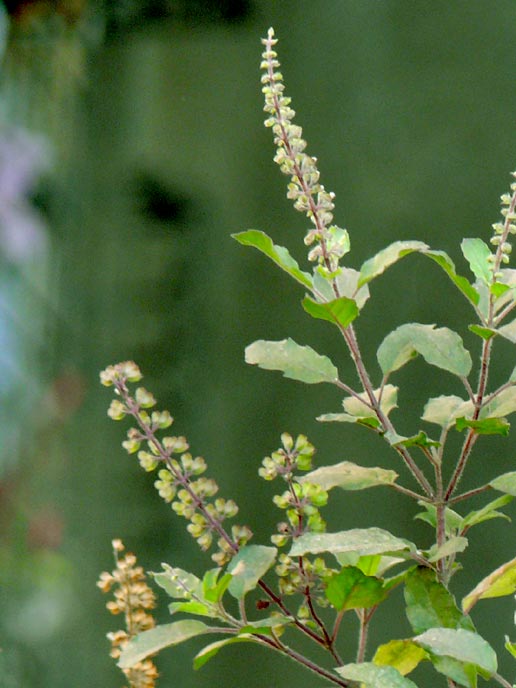After Peepal tree, Sun God, Tulsi plant, Navratra and school punishment logics, this time I have brought for you the logic behind Indian women’s traditional makeup J. We all know, Indian women wear bangles, bindi, payal and earrings commonly and especially after marriage. These days, in the era of fashion and miniaturization everything has changed w.r.t. traditional makeup. The size of bangles, bindi, payal, mangalsootra and earrings have substantially reduced from what they were in the initial days of civilization. We can still see those sizes in some of our mythological TV serials and also some of the tribes and regions of Rajasthan, Haryana and Uttar Pradesh. Women used to wear big, solid silver ‘kadaas’ in their leg and silver or gold ‘Kadaas’ in their hands. The size of bindis was also not this small, it was quite big so as to cover the entire ‘third eye’ area on the forehead, just above the mid point of the two eyebrows. You can still see Brinda Karat and Krishna Teerath wearing such big bindis. Similarly the earrings and the mangalsootras were also big and heavy of solid gold not like the ones in practice these days.
The bangles or the ‘kadaas’ are worn in hands and it continuously applies pressure on the point as depicted in the figure below:
The payal or the ‘kadaas’ are worn in legs and it continuously applies pressure on the points as shown in
Similarly the ‘bindis’ apply pressure on the third eye area and earrings are worn by getting the ears pierced in the ear lobe area.
Now all these pressure points are the points which when pressed increases fertility both in men and women. These pressure points are used in Acupressure therapy these days to treat fertility related problems in the entire world.
Most of these ornaments are used by Indian women after marriage and the sole purpose of the establishment of marriage institution was child birth and survival of the human race. Probably this was the reason our rishis and thinkers again associated these ornaments with high dignity and made people feel it to be auspicious, pious and Godly. This tradition of ours is only symbolic mark of a rich tradition now and has lost its significance in today’s world of fashion and the mad race of looking beautiful by compromising on its health benefits.
-Shitanshu Srivastava






